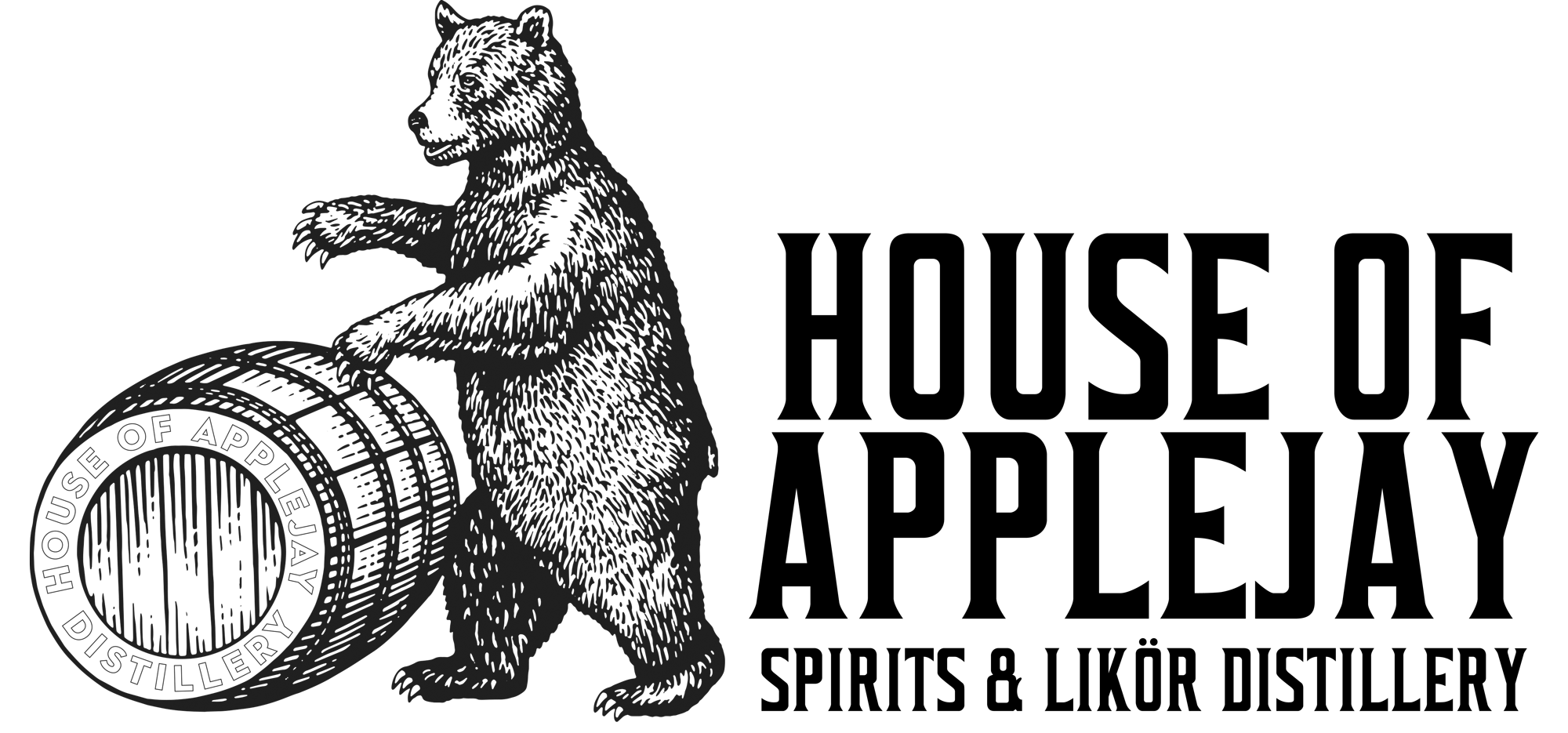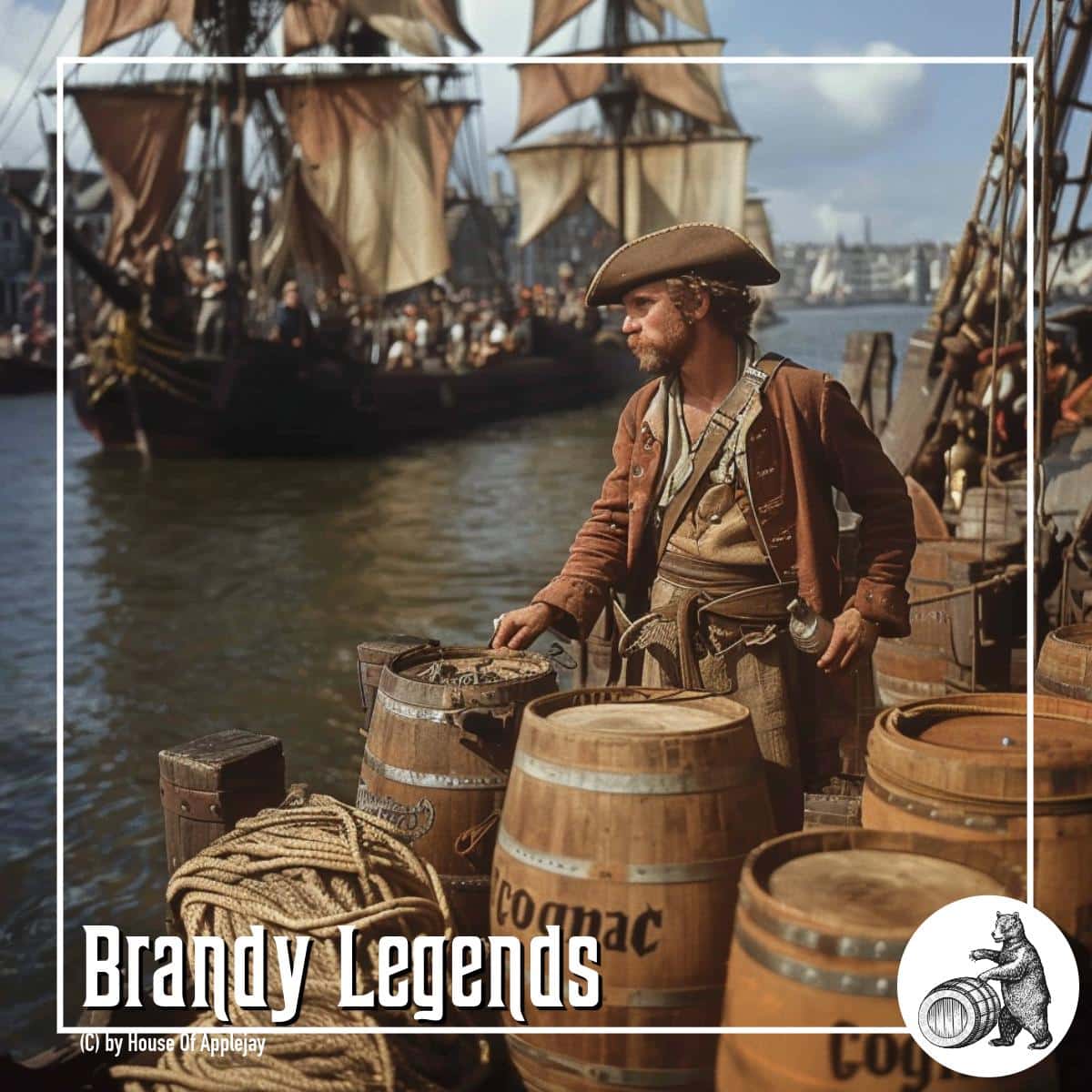Brandy Legends
The Fascinating History of Brandy: From Dutch Ships to Cognac’s Finest
In the early 16th century, a Dutch shipmaster, whose name has been lost to time, revolutionized the world of spirits by distilling wine to preserve it for long sea voyages. This innovation gave rise to brandy, a spirit that would become a global icon. The American Brandy Campaign (AMBRU) seeks to honor this legacy by championing America’s first spirit—brandy—through a voluntary luxury designation that could elevate its status worldwide.
The Birth of Brandy: A Dutch Innovation
During the 16th century, long oceanic voyages posed a significant challenge for preserving perishable goods like wine, a prized commodity in European trade. Wine often spoiled in the damp, unstable conditions of a ship’s hold, prompting a Dutch shipmaster to propose a solution: distill the wine into a concentrated spirit. By heating the wine to separate its alcohol, he created a compact, durable product that took up less cargo space and resisted spoilage. At its destination, this “distilled wine” could be diluted with water to approximate the original product, reducing shipping costs and waste.
This distilled spirit was soon named brandy, derived from the Dutch word brandewijn (or branntwein in German), meaning “burned wine” (brand/brannt for “burning” or “distilling,” and wijn/wein for “wine”). The term captured the fiery distillation process that transformed wine into a potent, long-lasting spirit. Dutch merchants, leveraging their extensive trade networks, began labeling barrels after the regions they sourced them from, including the Cognac region in southwestern France. Initially, these labels were geographic markers, but as Cognac’s brandy gained a reputation for superior taste, the term “Cognac” was sometimes applied informally to other high-quality brandies across Europe to signify comparable quality, reflecting the region’s early dominance in crafting exceptional spirits.
Cognac’s Rise to Prominence
By the late 17th century, the French government recognized Cognac’s growing significance in the spirits trade and introduced regulations to standardize its production. These laws specified grape varieties, distillation methods, and aging requirements, establishing a foundation for Cognac’s reputation as a luxury spirit. However, Cognac faced stiff competition from other regions, notably Germany, where distillers produced their own branntwein using local wines and techniques. German brandies, along with those from Spain and other parts of France, were often more affordable, widely available, and comparable in quality, challenging Cognac’s market share in Europe and beyond.
The turning point came with the Treaty of Versailles in 1919, following World War I. France secured the “Champagne clause” as part of broader efforts to protect its regional appellations, restricting the use of the names “Cognac” and “Champagne” to products made in their respective French regions using specific methods. This legal protection refocused the global market on French Cognac, marginalizing competitors like German and Spanish brandies. The Champagne clause ensured that only Cognac produced in its designated region in France could bear the name, cementing its status as the gold standard for brandy and driving its dominance in international trade.
AMBRU: Reviving America’s First Spirit
While Cognac became a global benchmark for quality, America’s own brandy—its first spirit—has yet to achieve similar recognition. Distilled commercially in North America as early as 1644, brandy predates bourbon, which Congress declared a “distinctive product of the United States” in 1964, spurring a $9 billion industry. Yet, American brandy lacks a unified premium identity, often overshadowed by imported brands like Cognac. The American Brandy Campaign (AMBRU) aims to change this by proposing a voluntary luxury designation for U.S.-made brandy, modeled on global standards like Cognac.
AMBRU’s vision is straightforward: define American brandy as a spirit distilled in the U.S., aged in new American oak barrels, and crafted without additives or industrial shortcuts. This designation doesn’t require new laws or subsidies—it’s a self-imposed standard that rewards craftsmanship and elevates brandy in the luxury market. In 2023, the U.S. imported $2.1 billion in Cognac, while American brandy exports lagged. AMBRU seeks to shift this dynamic by highlighting the quality and uniqueness of American products.
A New Chapter for American Brandy
The timing for AMBRU’s vision is ideal. With growing consumer interest in traceability and local production, the U.S. can define a new category of premium brandy that honors its distilling heritage. By supporting AMBRU and advocating for federal recognition of American brandy, industry leaders can spark a brandy renaissance. This is more than a marketing campaign; it’s a movement to celebrate innovation rooted in tradition, where every sip tells a story of independence, quality, and place.
From the Dutch shipmaster’s ingenuity to Cognac’s global triumph and AMBRU’s bold vision, brandy’s history is one of resilience and reinvention. Raise a glass to AMBRU’s mission to show the world what American brandy can be—a legacy as rich as the spirit itself. Read more AMBRU CAMPAIGN featured in JAMES MAGAZINE ONLINE.
The Distilling Culture
BLOG
Embark on a global journey, and you’ll find that cultures possess tales that harken back to their ancient beginnings of distillation, brewing, and winemaking.
info@houseofapplejay.com
67 Fowler St, Bldg B, East Ellijay, GA 30540

